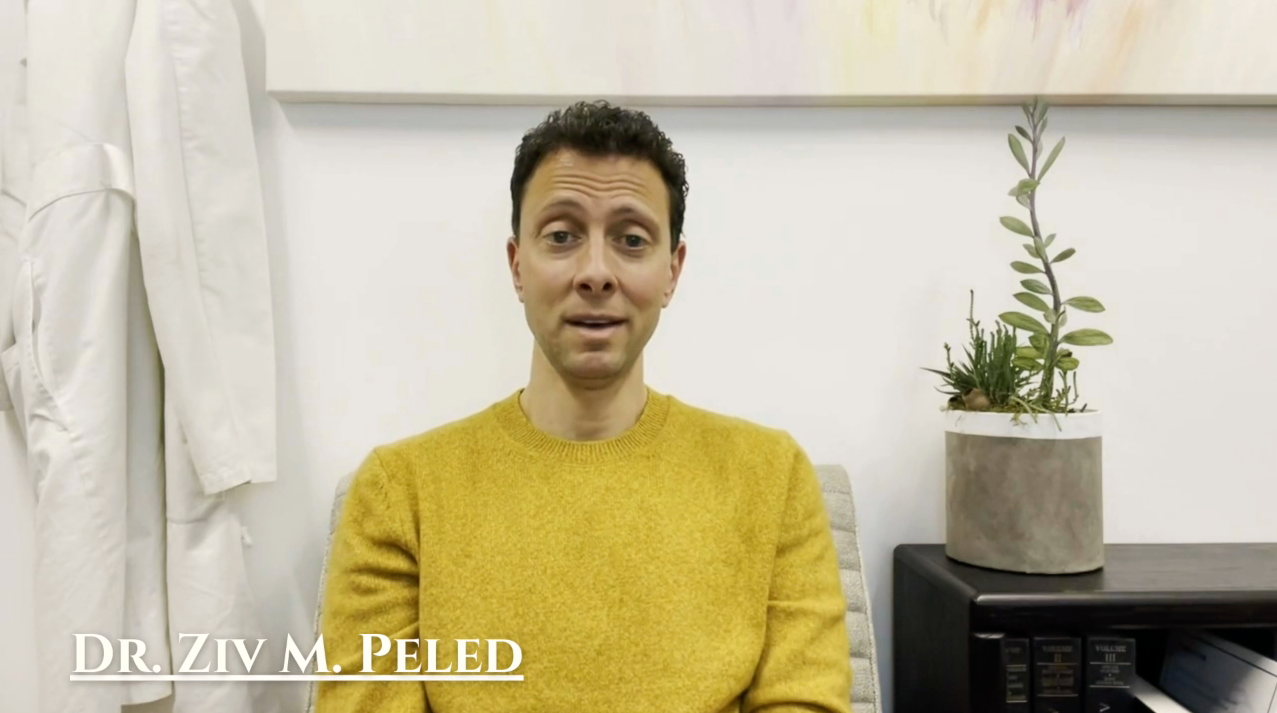A mastectomy may be recommended in several different situations, such as patients with certain breast cancer characteristics or women at high risk for developing breast cancer in the future. Although in the past, mastectomies used to involve removal of most of the chest skin and even the chest muscles, current mastectomy techniques are much less invasive. Most mastectomies performed are either skin-sparing, where all of the breast skin except for the nipple and areola is saved, or nipple-sparing, where all of the breast skin including the nipple and areola skin is saved. When performed with breast reconstruction, these approaches can help make the reconstructed breast look more natural and more like the breast before mastectomy.
MASTECTOMY CONSIDERATIONS
PRESERVING THE NIPPLE
WHAT WILL THE INCISIONS LOOK LIKE? WILL THERE BE SCARRING?

Dr. Anne Peled is trained in Stryker’s Hidden Scar technique, where she places the incision for a nipple-sparing mastectomy in a location that is hard to see, making the scar barely visible or invisible when your incision heals.
WHAT ARE THE RESULTS?
Drs. Anne and Ziv Peled were the first to publish data about this type of surgery. They have found that over 80% of women have sensation that is similar to what they had before surgery, with many women reporting that they often forget they even had mastectomies and reconstruction surgery because their reconstructed breasts feel so much like their breasts prior to surgery.
A sensation-preserving double mastectomy and implant reconstruction takes about three to four hours of surgery, with a one-night hospital or surgery center stay. For recovery after surgery, most women can return to their daily lives and activities within two weeks, with complete recovery in most cases in four to six weeks.
MEMBER OF




SCHEDULE A CONSULTATION
We provide a range of emergency, medical, general, residential, and community health services.


